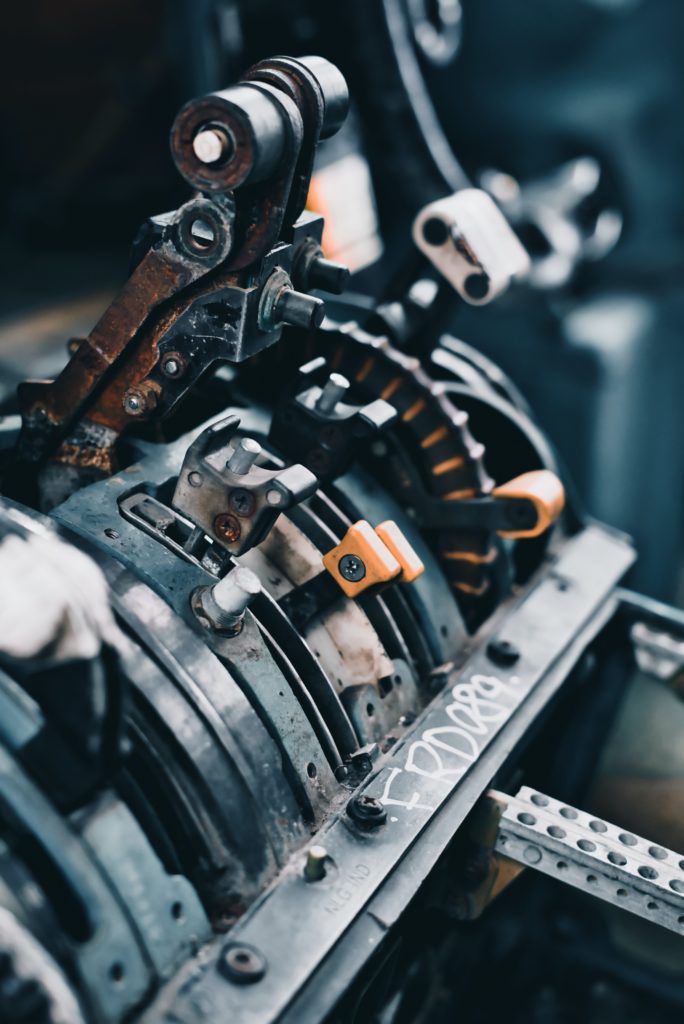
In learning–mental, physical, spiritual, or otherwise– we have three levers to pull.
Environment.
Repetition.
Mental modeling.
For example, if I’m learning to surf I can learn by practicing surfing every day (repetitions), hanging out with surfers (environment), and studying the fundamental concepts of surfing (mental models).
Usually these levers work together.
-If you spend time in a surfing community you are going to have more opportunities to surf and talk about surfing.
-If you practice surfing every day you are more likely to find surfers like you and think about surfing.
-If you think about surfing, you will probably go surf.
Of course the same applies to violin. Repetition and environment were the learning principles Suzuki most emphasized. The legacy pedagogues leave behind is their mental models. Many just have models of the violin and violin playing. Suzuki had those, but his legacy is the mental models he created around repetition and environment.
As teachers we sometimes get trapped in the mental model category. We think that environment and repetition happen at home– modeling is what we can manage in the lesson. This is the furthest from the truth. I’ve outlined below strategies for pulling every lever.
How do we stengthen their enviornment?
Go beyond boredome.
Limit music, video, and games to what they are most interested in.
Curate their digital world.
Take them to group class.
Have lessons back to back so they see each other.
Share lesson and practice videos with each student.
How do we give the students the opportunity to repeat?
We emphasize repeption in the lesson.
“Wow that was exactly it. Do that again!”
3x to learn. 3x times to make easy. 1x just for fun.
Repetition games (dice, cards, pennies, drawings).
We go beyond boredome.
You practice every day just because.
So much time to do things over and over.
Learning an instrument like we do a language.
The music is functional.
We review.
Every peice, every day.
The pieces become part of us.
Playing one piece becomes the preparation for another.
How do we develop their mental models?
Make sure ours are crystal clear.
Share written or video blueprints (link)
Have the child write down the principles
Have the child teach you
Watch the child practice in front of you
The magic of 7
Part of the reason violin is such a beautiful tool is that the levers are easy to pull. The levers are already embedded in our culture. We have evidence that violinists practice. We have Youth Orchestras and Suzuki programs and music in the schools. The concepts come easily.
It’s okay– perhaps even the work of violin teaching– to show students that they can pull on those levers. It is possible, worthwhile, to take repetition to an extreme (from a cultural perspective, but business as usual from a nature perspective).
It’s possible to deliberately curate your environment for inspiration and osmosis.
It’s worth meditating on the fundamental concepts of violin. Keeping them at the forefront of your mind while practicing. Writing them down from scratch. Saying them outloud.
When students are struggling I check in on the levers in this order.
Environment.
Repetition.
Mental modeling.
We figure out which lever to pull so violin gets easier, not harder.

Leave a Reply